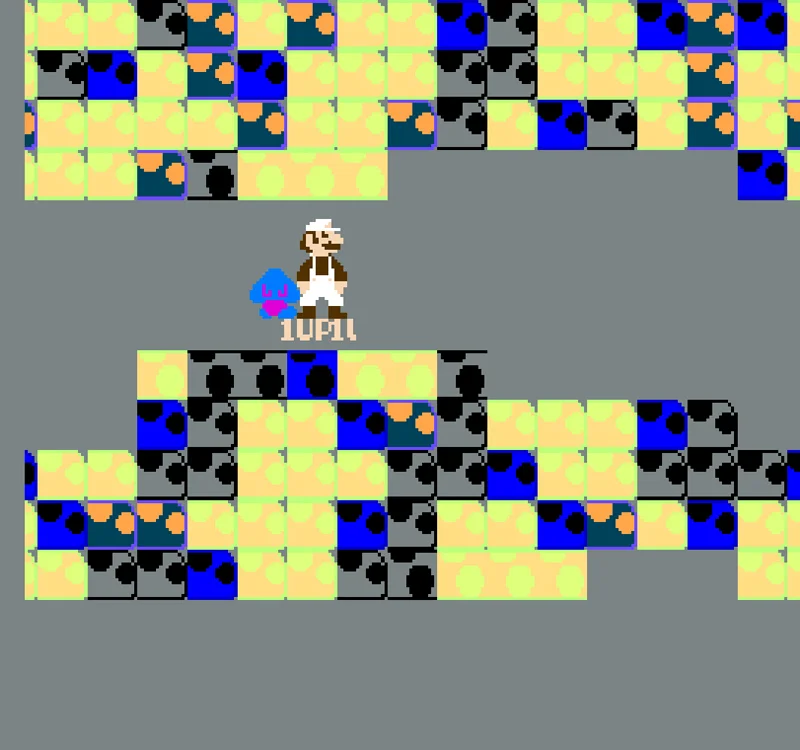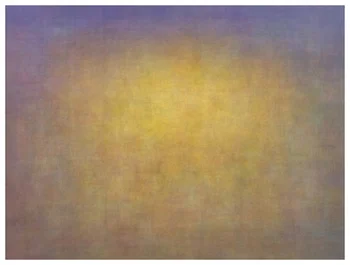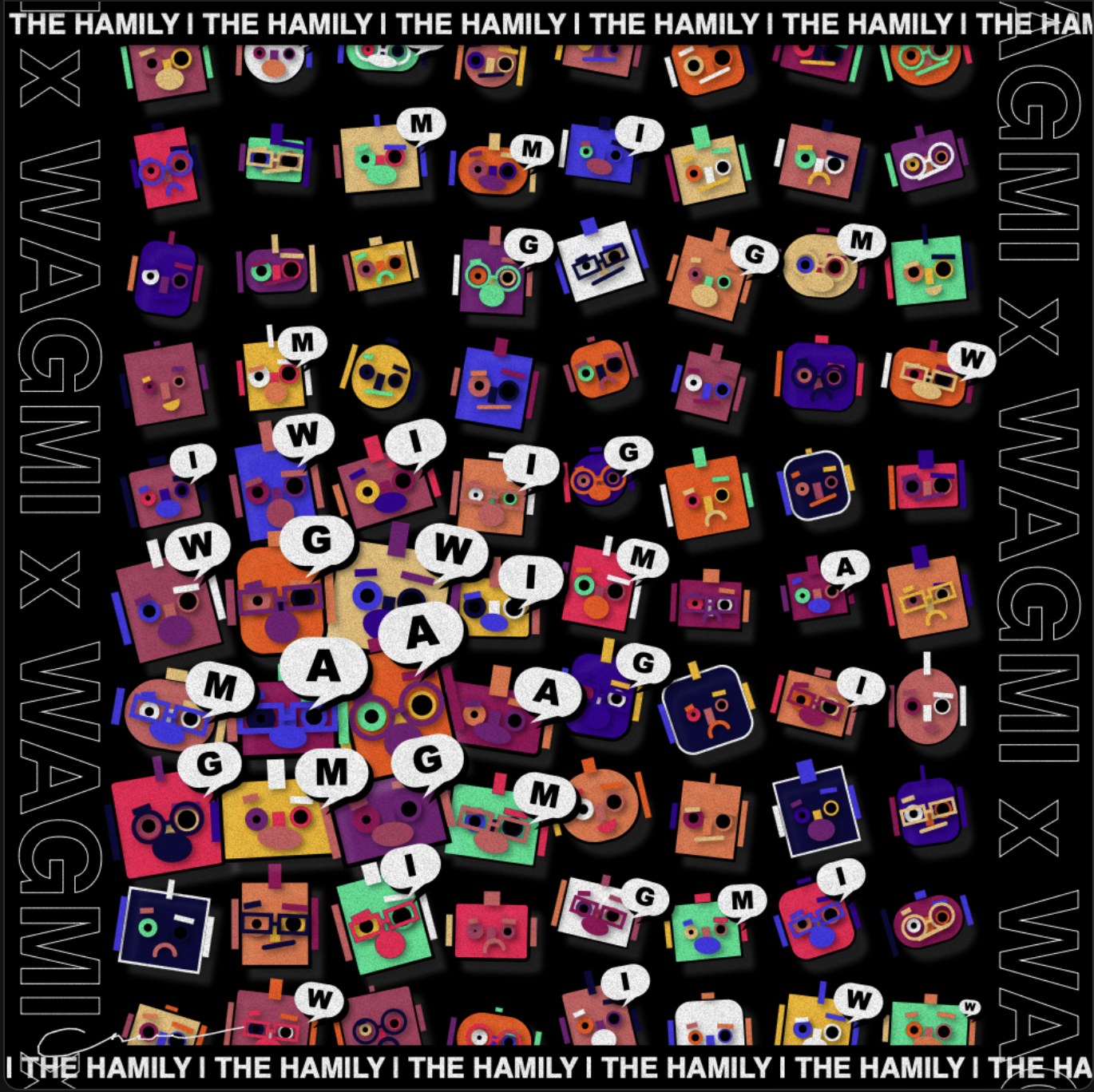Every Playboy Centerfold, The Decades
Jason Salavon is a digital artist who specializes in the averaging of photos through means of his own custom software. One of his most seminal works was his 4-piece series called Every Playboy Centerfold, The Decades in 2002. In this work he used custom software to average the color values of every centerfold picture from four different decades.
A work of digital artistry, the thought behind Salavon’s work may have been to create a mental landscape for people to think about the shifting in how the public thinks sexually, yet the average of the photographs remains similar in each of their visual existences. How they change is miniscule in the scheme of things. The composition of the photos put the model front and center. The model is typically white. The background is cool in comparison to the warmth that the tan and white models give to provide a contrast. The background shifts over time, with the 70s’ being completely different to the 80s’. It provides a cultural climate to the photographs, with the 70s being psychedelic, and the 60s being less of an intense background, almost leaning towards a neutral tone. It shows a way that the cultural views on most aesthetics have changed over time, yet the subject remains the same. Salavon further affirms that in his description of the work.
“This [the series] tracks, en masse, the evolution of this form of portraiture.” (Salavon)
He originally began the concept with a single piece titled Every Playboy Centerfold. This was a massive milestone in art, as he brought with him a medium created with a digital algorithm. His website states that there was no manipulation to the images, just a simple mathematical averaging of the color values.
As Aphelis.net further points out, he eventually discovered a purpose to this work, and continued with it to make a statement about the corporate field of beauty.
“Salavon chose to blend pictures of not-so-average women in his series Every Playboy Centerfold. By fusing 120 centerfolds from each decade in the 1960s – 90s, Salavon created blurred compositions emphasizing predominant characteristics of the typical Playboy model: long hair, light skin, thin body, radiant against a bluish background. Presented as a series, the pictures reveal the thinning, lightening, and increased frontality of the playmates over the years.” (Aphelis)
Similar works of art are all around us. This seems to be a hybrid of an infographic, and a work of fine art. Works inspired by this include a website where you can do it yourself. The art is in how it is made, rather than just the result. The process has to be counted as a related work, due to the fact that it is the very process by which the art was made. One does not compare the brush to the painting. In this case, the art is based on the medium rather than the visual. The dramatic shift in art came from the program, not the image.
Though if one was to compare an artwork, they would have to compare it to the earlier work of Salavon’s. Every Playboy Centerfold. Though it has the same visual style, it didn’t have the same stylistic and evolutionary message that the 2002 series had. It wasn’t making a commentary, instead it was a just test of the medium. The final works were creating a dialogue, rather than just a pretty picture.
Mentioned locations of display are:
- The Gaain Gallery
- The Inman Gallery
- The Mark Moore Gallery
- The Feldman Gallery
- M-PROJECT (Paris)
References
On uniqueness and averageness: Jason Salavon's. (n.d.). Retrieved April 18, 2016, from http://aphelis.net/uniqueness-averageness-jason-salavons-every-playboy-centerfold-decades-2002/






